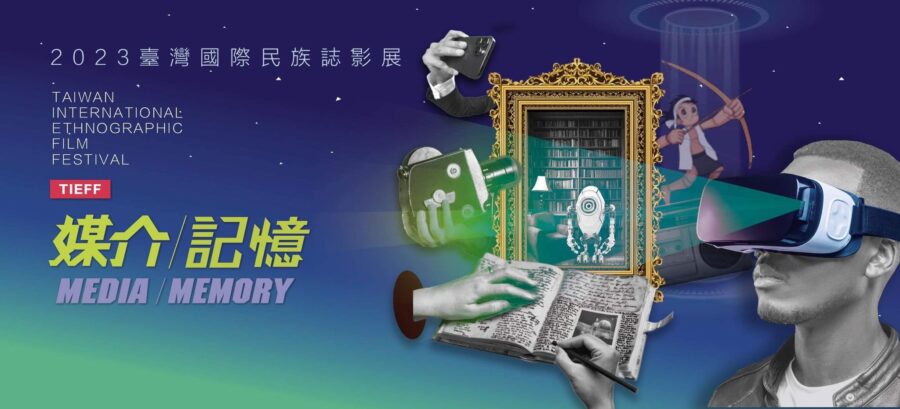Carry the Paramount of Jade Mountain on My Back
The Bunun is a High Mountainous tribe, inhabiting in the area of the Central Mountain Range. Most Bunun aborigines are skillful mountain climbers, and are sometimes called the “sherpas” of Taiwan. They have been often hired as guides even up until today. Although back in the early days their work was considered as porterage, assisting mountaineers in carrying their heavy luggages and finding their way up the mountains, no one can ever deny that, while common people happily claim to be “mountaineers”, they know not the fact that almost all the trails up in the Jade Mountain, the highest peak in Taiwan, was built by Bunun Aborigines.
Wu Sheng-Mei and Kuan Kui-Lin were among some of the most famous “sherpas” of Jade Mountain back then. The bronze statue of Yu Yu-jen placed on the top of Jade Mountain was indeed erected by both of them. Unfortunately, their great effort had seriously damaged their health conditions, resulting in their bad knees and legs. This documentary is a lively recording of their current lives and their memories as well as the whole process of carrying the bronze statue of Yu Yu-jen all the way up to the top of Taiwan’s highest point.
